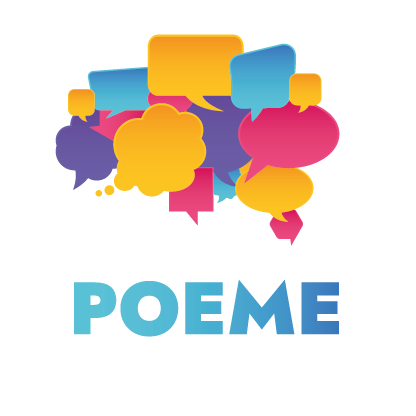Including cultural heritage in education is not only about getting to know the culture but it can be used as a tool to develop various skills, such as language skills. According to Milosevic (2020), language and culture are intertwined, especially in the case of foreign language learning, where students learn about the cultural heritage (customs, traditions and festivals) of the country where the language is spoken. Research shows that due to this interconnectedness, language and culture are best acquired together (Dema & Moeller, 2012).
According to García-Sampedro Fernández-Canteli (2018), the use of cultural heritage as a resource for language learning can create a memorable learning experience for students. Learning through cultural heritage allows students to express opinions about the places and objects, express feelings, exchange opinions and start dialogues. Also, learning through cultural heritage promotes cross-curricular activities and collaboration between students (García-Sampedro Fernández-Canteli, 2018).
Linguistic diversity is a valuable source for cultural identity and social cohesion. According to the European Commission (2018), linguistic diversity and multilingualism in Europe represent a powerful symbol of unitedness in diversity. Students whose first language is different from the language of instruction may face a number of challenges in adapting to the new culture and new environment (Milosevic, 2020).
An important component of the protection of cultural heritage is awareness, and one way to achieve that is through education (Karadeniz, 2020). Therefore, schools and education in general have a task to teach about diverse cultural heritage and value and preserve it. In addition, cultural heritage reinforces the feelings of solidarity and unity with the sharing of the past among the individuals of the society (Karadeniz, 2020). Intercultural learning can be achieved by creating activities and opportunities for students to learn about the culture of their peers and about the world culture (Milosevic, 2020).

Photo by Alexas_Fotos on Unsplash
What do we do in POEME?
In POEME, we intend to use European cultural heritage as a pedagogical tool in second language learning. Students will get better acquainted with the local cultural heritage as well as learn language related to the topic. So far, we have developed an E-Report that aims at setting the framework for the upcoming project results. With the E-Report, we wanted to develop teachers’ knowledge on using comprehensive digital and open educational materials and present strategies and recommendations on using non-formal approaches to teaching a foreign language. A part of the text for this article has been adapted from the E-report, so if you wish to read more, the E-report is available on the project website.

Although there has been much research and discussion on how to incorporate culture in foreign language learning, teachers and educators can still be unsure about effective techniques and approaches to use. To support them, we will offer 18 e-worksheets, which will be available in English, Greek, Portuguese, and French. With the e-worksheets, we aim to develop migrant students’ language skills through learning about the culture of the country they currently live in and the culture of other European countries.
The e-worksheets will be based on different areas of cultural heritage: tangible, intangible, digital and natural. The content created for the worksheets corresponds to different CEFR language levels, ranging from A2 to C1.
Those worksheets will soon be available online, so keep an eye on the project website.
Sources:
Dema, O., & Moeller, A. K. (2012). Teaching culture in the 21st century language classroom.
European Commission, (2018). Innovation in Cultural Heritage Research For an integrated European Research Policy
García-Sampedro Fernández-Canteli, M. (2018). Cultural Heritage as a Resource for English as an Additional Language Learner: An Out-of Class Approach. Linguistics and Literature Studies 6 (6).
Karadeniz, C.B., (2020). Assessment for awareness and perception of the cultural heritage of geography students. Review of International Geographical Education Online, 10(1 (Special Issue)), pp.40-64
Milosevic, O., (2020). The Host Country Culture in Second Language Acquisition: A Case Study in an International School. Global Education Review, 7(4), pp.46-58.
Negro, I. (2013). Teaching culture in the foreign language classroom. Aportaciones para una educación lingüística y literaria en el siglo XXI, 27, 1-12.

Visit the project website: www.poemeproject.eu![]() Follow the project on Facebook: @Logopsycom ; @POEMEproject
Follow the project on Facebook: @Logopsycom ; @POEMEproject
#poemeproject #erasmusplusproject
In collaboration with: Les Apprimeurs ; Spel ; Citizens In Power ; Iasis

